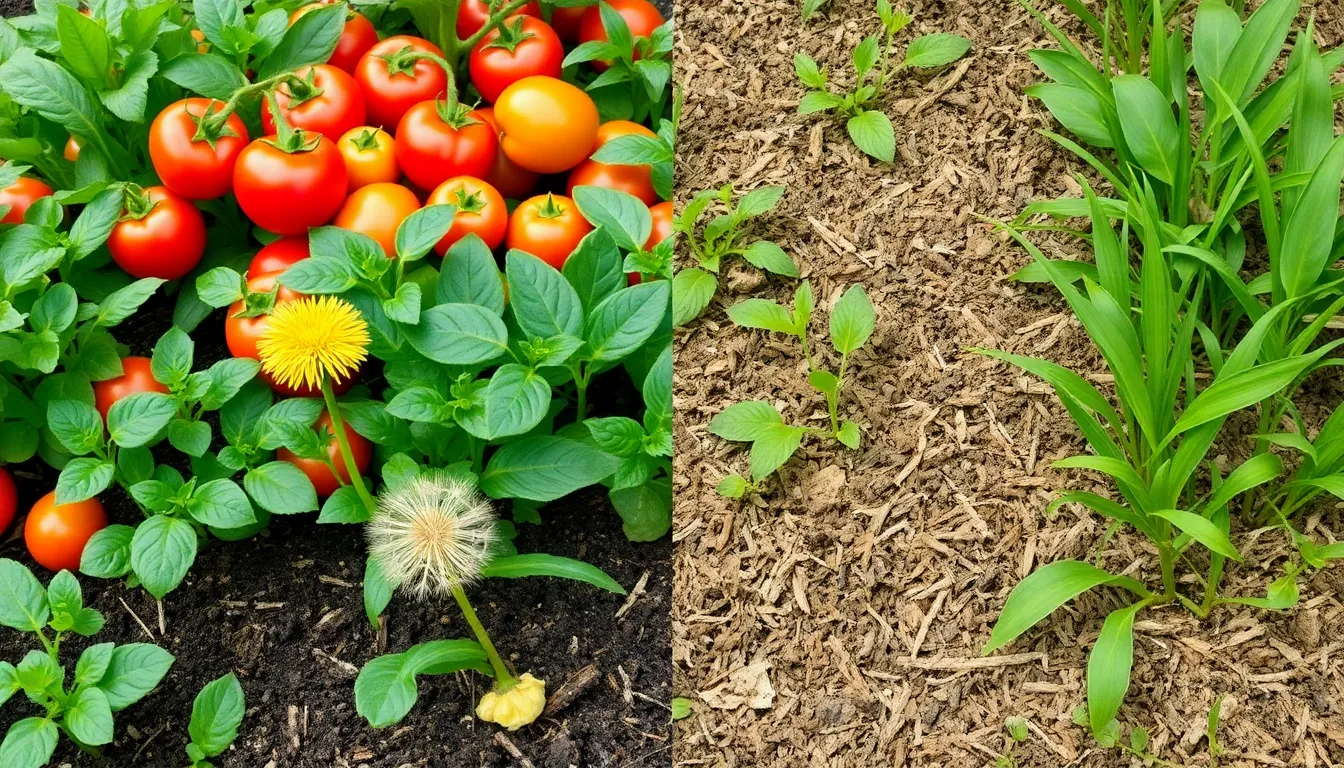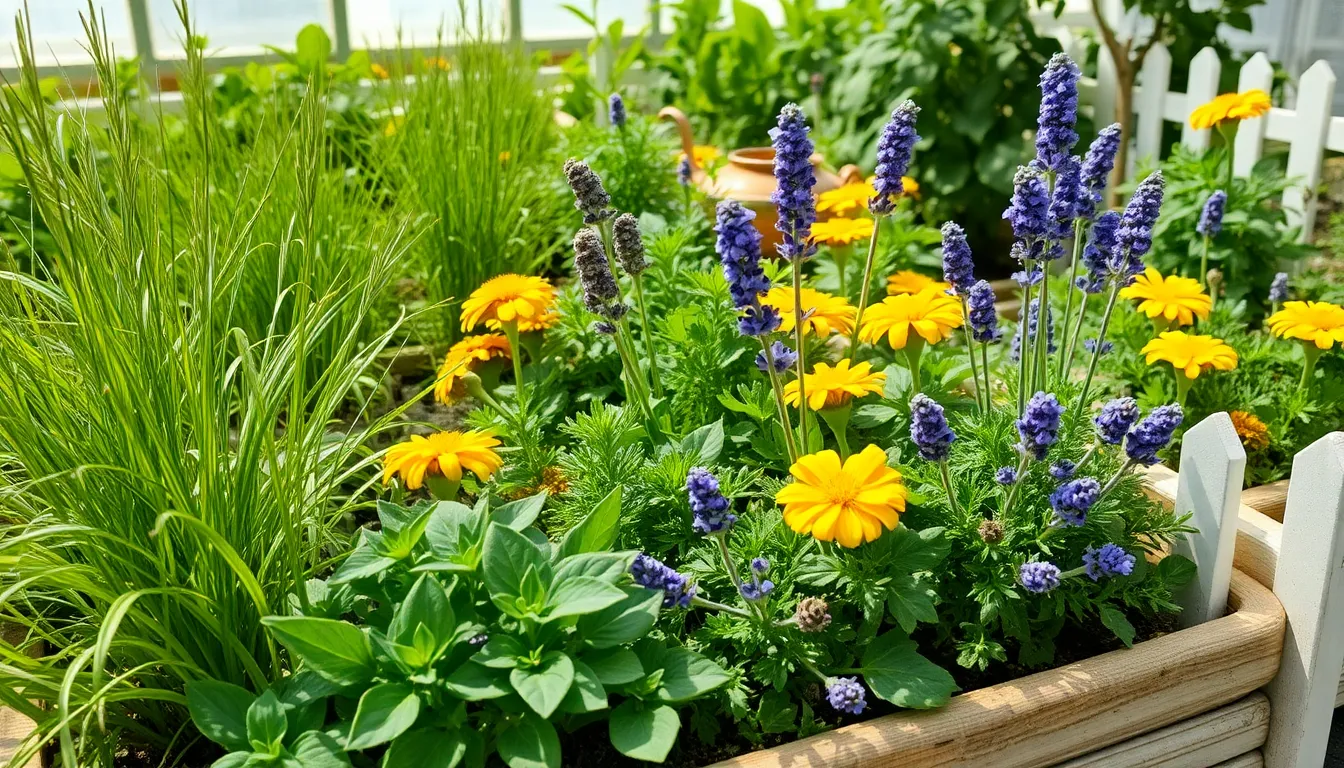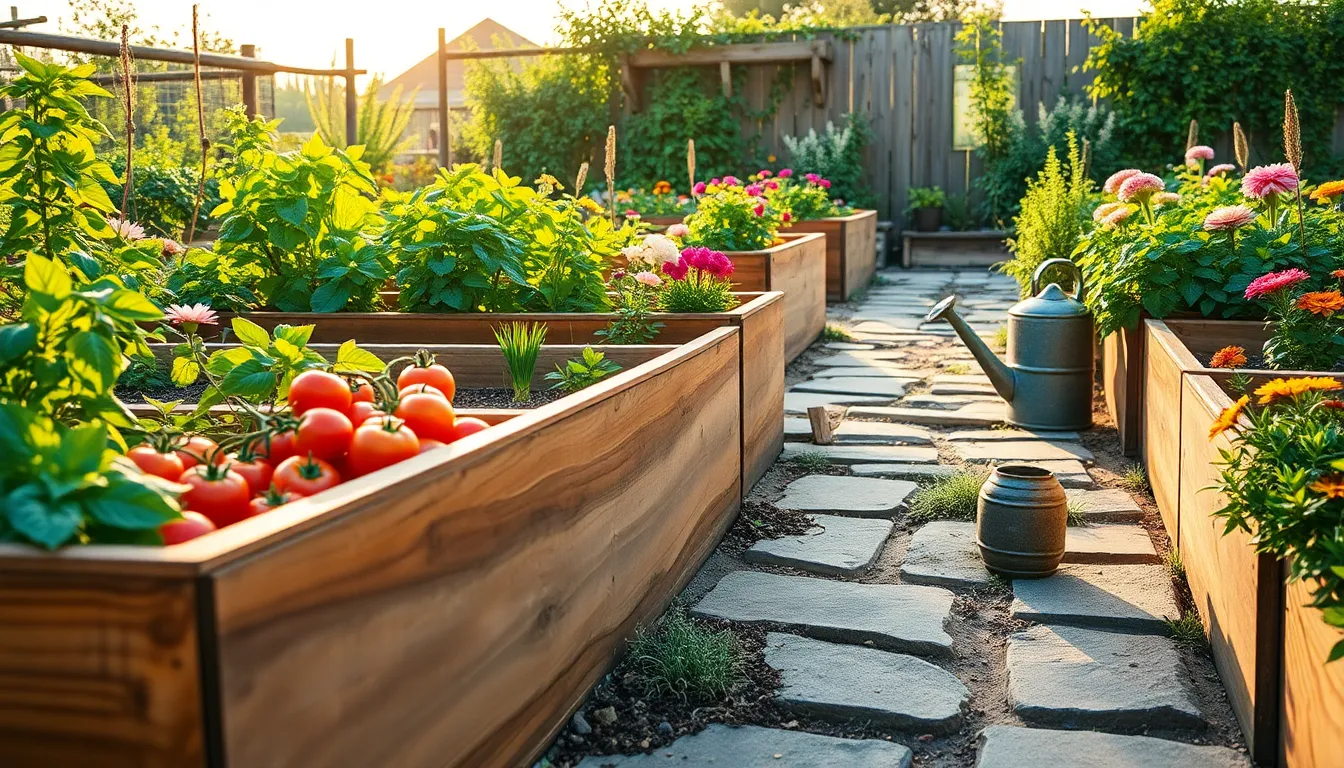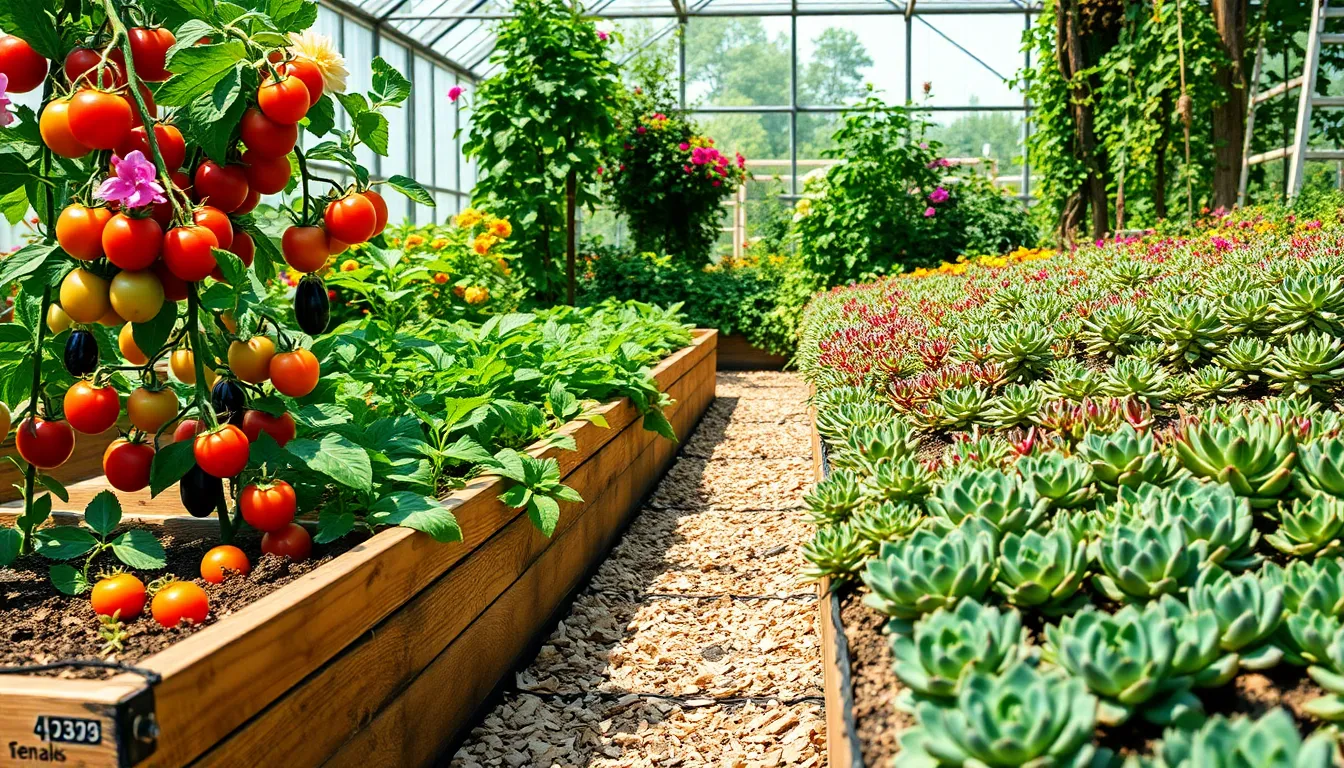Gardening is a rewarding dance between nature and nurture, and part of this delicate choreography involves managing those persistent interlopers: weeds. Whether you’re just beginning your gardening journey or have years of experience, understanding how to control weeds naturally is essential to maintaining a healthy, bountiful garden. Weeds, when left unchecked, can rob your plants of vital nutrients, water, and sunlight, turning your well-tended green sanctuary into a battleground. But fear not—there are effective, sustainable ways to keep these unwanted guests at bay without resorting to harsh chemicals.
In this article, we’ll delve into common pitfalls that many gardeners face when attempting natural weed control, ensuring you have the knowledge to avoid them. From misunderstanding mulch to overlooking the power of plant companionship, we’ll cover a range of strategies that blend seamlessly with your gardening routine. You’ll discover how to harness the power of natural barriers, soil health, and strategic planting to keep your garden flourishing. By learning to recognize and correct these mistakes, you can foster a garden that thrives in harmony with its surroundings, bringing you both beauty and bounty. So, dig in with us as we explore how to cultivate a weed-free haven through mindful, natural practices.
Ignoring Mulch: Weeds Thrive
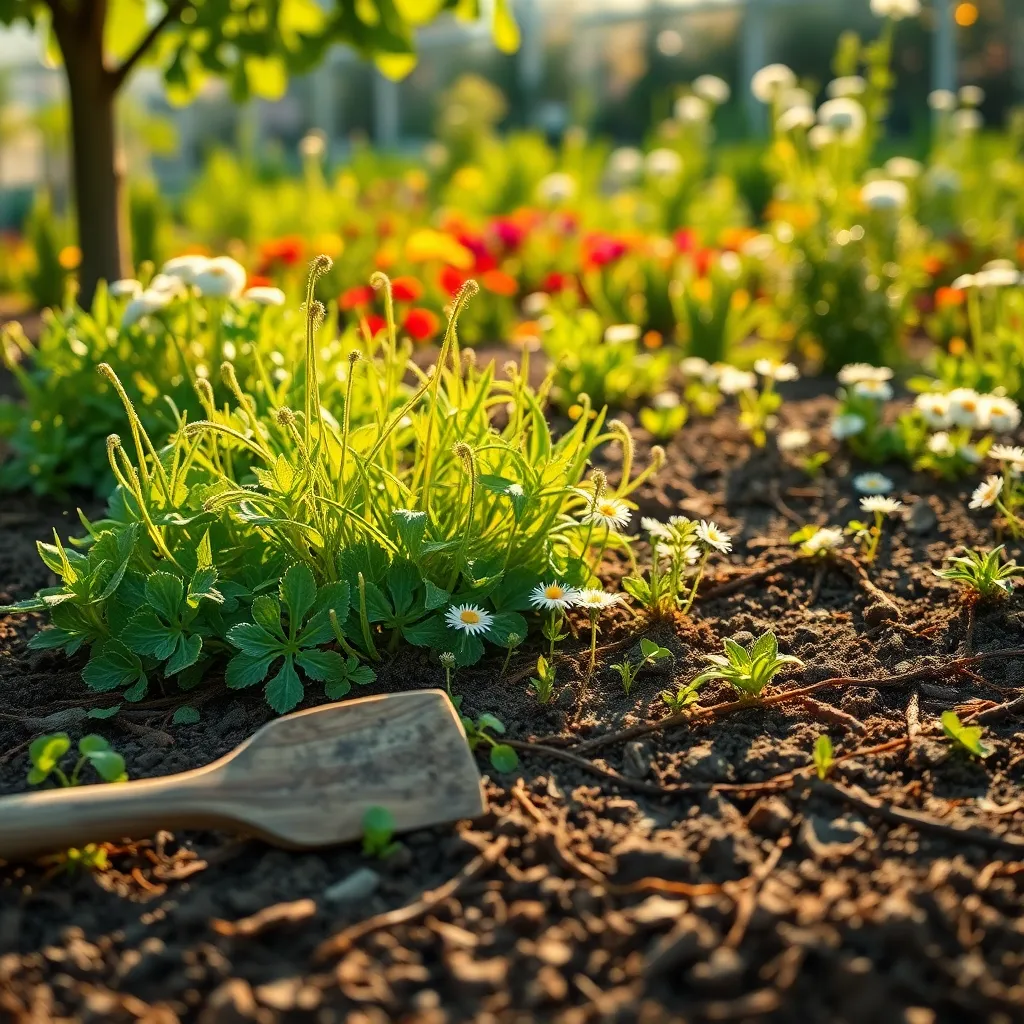
Mulching is a crucial practice in any gardener’s toolkit, effectively suppressing weeds by blocking sunlight. Without mulch, weeds find the perfect environment to thrive, competing with your plants for nutrients and water.
For beginners, applying a layer of organic mulch such as straw, bark, or shredded leaves can be an excellent start. Spread the mulch about two to three inches thick around your plants, making sure to avoid direct contact with plant stems to prevent rot.
Experienced gardeners may consider using living mulches, such as ground cover plants, which not only suppress weeds but also enhance soil health. Clover and creeping thyme are excellent choices, as they provide the added benefit of attracting pollinators.
Remember, the type of mulch you choose should complement your soil and plant needs. Organic mulches gradually break down, enriching the soil, while inorganic options like gravel or landscape fabric might be more suitable for areas with high rainfall.
Poor Soil Health: Weed Invasion
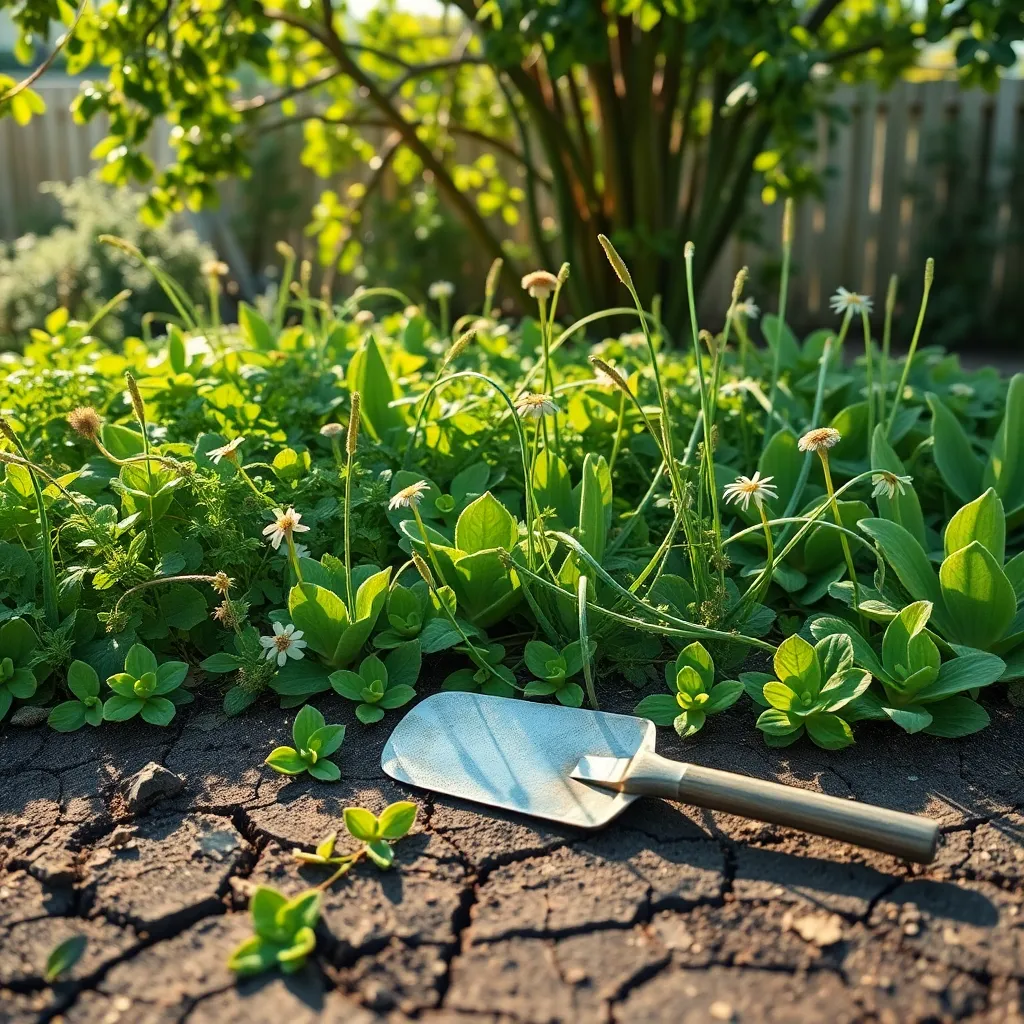
One common mistake in maintaining healthy soil is overlooking the role of soil fertility in preventing weed invasion. Healthy soil with balanced nutrients creates an environment where desired plants can thrive, naturally suppressing weeds. To improve soil health, start by testing your soil to identify any nutrient deficiencies. This can be done using a home soil test kit or by sending samples to a local extension service for a detailed analysis.
After understanding your soil’s nutrient profile, amend it accordingly to boost plant health. Adding organic matter such as compost or well-rotted manure can enhance soil fertility and structure, thus reducing the space available for weeds to grow. Consistently incorporating organic material will improve soil texture, increase water retention, and encourage beneficial microorganisms. These actions collectively create a more robust growing environment for your plants.
For gardeners looking to take their soil health to the next level, consider practicing crop rotation and cover cropping. These advanced techniques can prevent nutrient depletion and disrupt the lifecycle of many weeds. For instance, planting legumes as a cover crop can fix nitrogen in the soil, providing a natural fertilizer boost. Additionally, rotating different plant families can reduce pest and weed pressure, contributing to a healthier garden ecosystem.
Remember that maintaining proper soil pH is crucial for nutrient availability and plant health. Most plants prefer a slightly acidic to neutral pH (around 6.0 to 7.0), so regularly check and adjust your soil pH using lime or sulfur as needed. By taking these proactive steps, you can foster a resilient garden that naturally resists weed invasion. Embrace these practices as part of your regular garden maintenance to ensure a thriving, weed-free space.
Overcrowding Plants: Weed Sanctuary
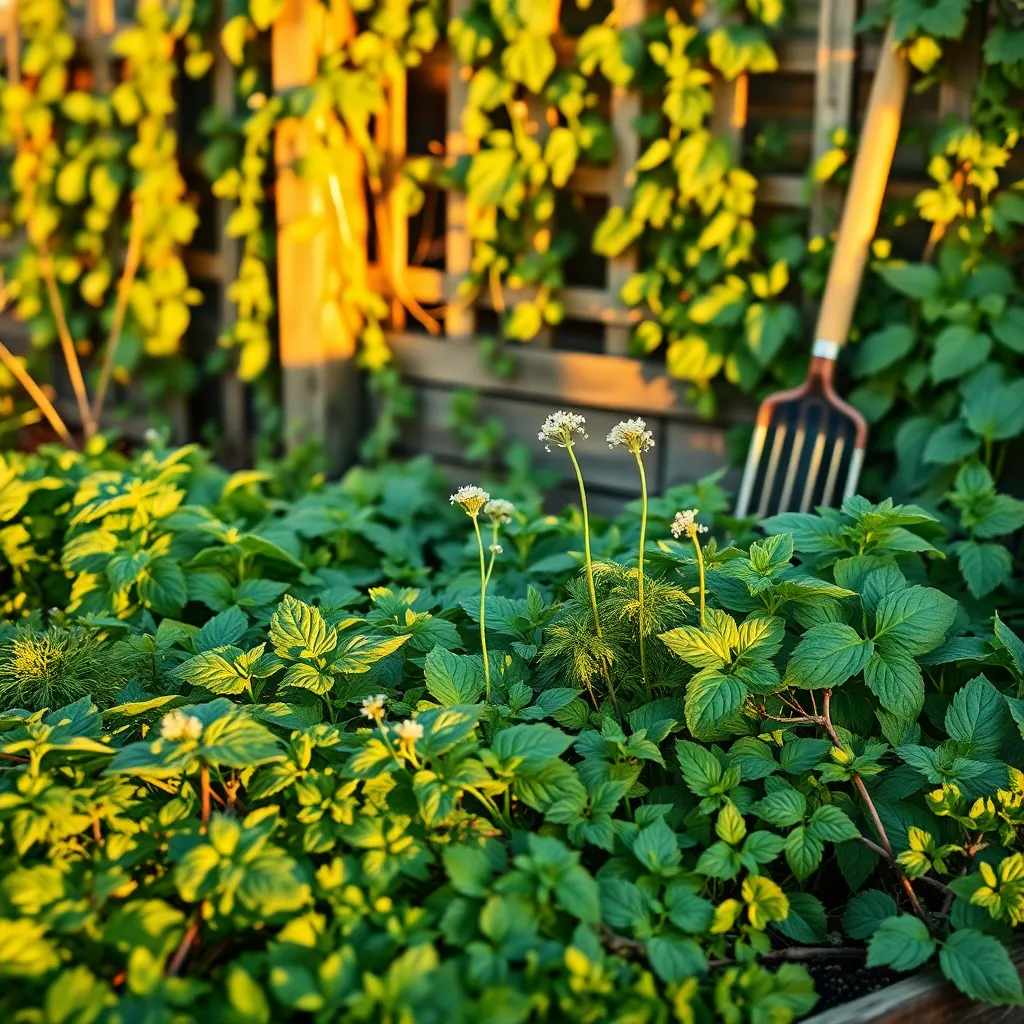
Overcrowding your plants can unintentionally create a sanctuary for weeds, allowing them to thrive in the dense growth. To prevent this, ensure you maintain adequate spacing between plants as per their specific needs, which allows for better air circulation and sunlight penetration.
When plants are too close together, they compete for essential nutrients, which weakens them and gives weeds a chance to take over. Regularly thinning out your garden by removing excess plants or transplanting them elsewhere can help maintain a healthy balance.
Ensure you understand the mature size of each plant to plan your garden layout effectively. For instance, tomato plants require a distance of at least 18 to 24 inches apart to prevent overcrowding and reduce the risk of disease.
Frequent weeding, especially after rain, can significantly reduce the weed population in overcrowded areas. Use mulch to suppress weeds; organic options like straw or wood chips can also improve soil health and retain moisture.
Neglecting Weed Timing: Rapid Spread

Timing is crucial when it comes to controlling weeds naturally, yet many gardeners underestimate its importance. Weeds can spread rapidly if not addressed promptly, making early intervention key to keeping your garden healthy.
To prevent weed domination, observe your garden regularly and remove weeds as soon as they appear. A simple habit of a weekly garden walk can help you catch weeds in their early stages, saving you time and effort later.
For those with established gardens, consider using mulch to suppress weed growth. Mulch not only retains soil moisture but also acts as a barrier, preventing sunlight from reaching weed seeds, thus stifling their growth.
Avoid the mistake of letting weeds go to seed as this can lead to a larger infestation the following season. Investing a little time in removing flowering weeds can save you from dealing with thousands of new seeds in your soil.
Improper Tool Use: Weeds Return
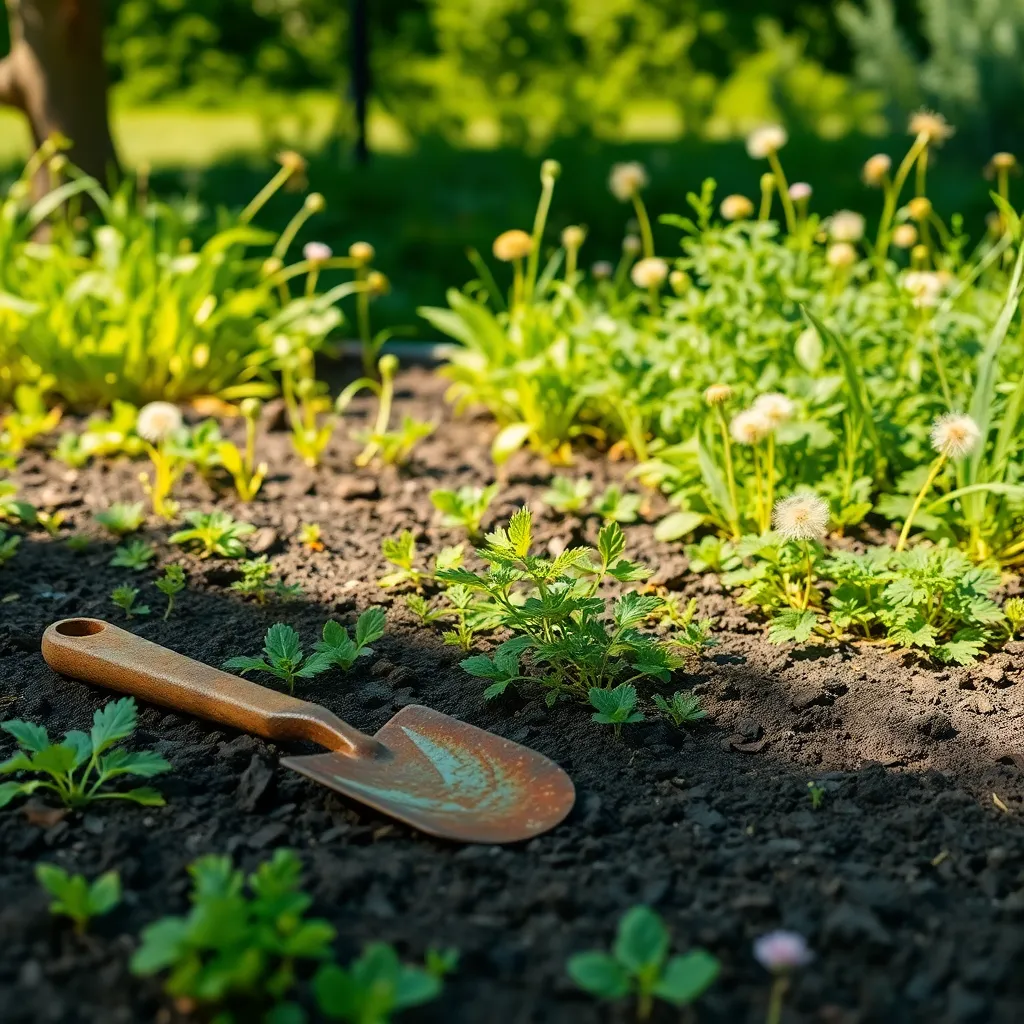
Improper use of tools can inadvertently lead to the rapid return of weeds in your garden. When removing weeds, it is essential to use the right tools and techniques to ensure you are extracting the entire root system. Hand trowels are excellent for small weeds, allowing you to dig deep and remove roots without disturbing the surrounding soil too much. For larger weed patches, garden forks can be more effective in loosening the soil and pulling out weeds entirely.
Using dull or inappropriate tools can cause more harm than good, as they may only cut off the tops of weeds, leaving roots intact to regrow. Always ensure your tools are sharpened and suitable for the task; for example, a sharp hoe can be ideal for slicing through weeds just below the soil surface. Maintaining your tools not only improves efficiency but also makes the task less labor-intensive. Regularly cleaning and sharpening your tools can prevent the spread of diseases and pests between plants.
For a more advanced approach, consider the timing and method of tool use to optimize weed removal. Weeding after rain or watering makes it easier to remove entire roots, as wet soil is more forgiving to the extraction process. Additionally, practicing the technique of flame weeding with a propane torch can be an effective way to eliminate weeds without disturbing the soil structure, although it requires careful handling and safety precautions.
To ensure weeds do not return, consider integrating a mulching strategy after tool use. Applying a layer of organic mulch, such as straw or wood chips, can significantly suppress weed regrowth by blocking sunlight and retaining soil moisture. Additionally, alternating your weeding tools and methods can prevent weed adaptation, making it harder for them to return consistently. By combining proper tool use with strategic planning, you’ll keep your garden weed-free and flourishing.
Conclusion: Growing Success with These Plants
In navigating the garden of relationships, the article “Mistakes To Avoid In Control Weeds Naturally” illuminates five key concepts that can transform how we nurture our connections. Firstly, communication is paramount; it is the sunlight that fosters growth. Secondly, understanding boundaries ensures each partner has the space to thrive. Thirdly, active listening is the water that sustains mutual respect and empathy. Fourth, cultivating trust is akin to enriching the soil; it’s foundational for healthy relationships. Lastly, resolving conflicts with patience and love prevents the weeds of resentment from taking root.
As an immediate next step, take five minutes today to reflect on one area where you can apply these principles in your relationships. Whether it’s having an open conversation or simply listening more intently, small changes can yield significant growth.
To continue nurturing your relationships, bookmark this article for future reference. It serves as a valuable guide to revisit whenever you seek to strengthen your bonds.
Remember, with each weed you control naturally, you pave the way for a flourishing relationship. By embracing these practices, you’re not just maintaining connections; you’re setting the stage for a thriving, harmonious future. Keep this guide close, and watch your relationships bloom with care and intention.

